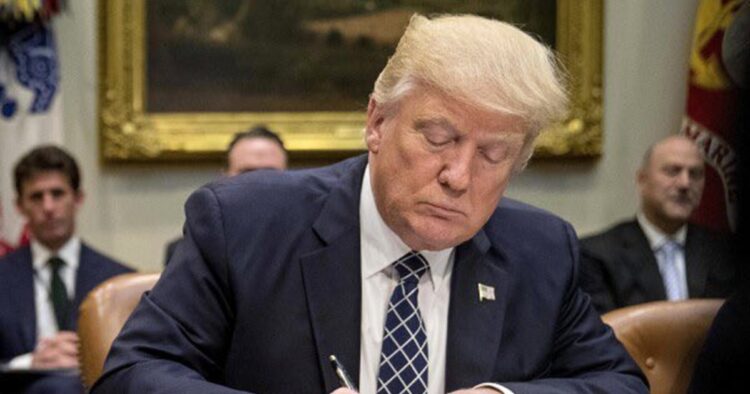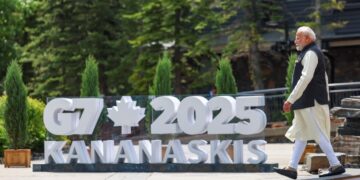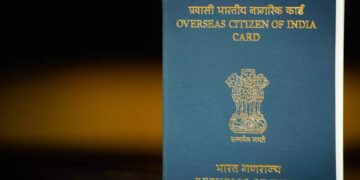On Tuesday, United States President Donald Trump signed an executive order to expand the In vitro fertilisation process by minimising its costs, making it more accessible to families. The order said, “Americans need reliable access to IVF and more affordable treatment options, as the cost per cycle can range from $12,000 to $25,000. Providing support, awareness, and access to affordable fertility treatments can help these families navigate their path to parenthood with hope and confidence,” the order said.
The order further instructs Trump’s help for domestic policy to give Trump a list of policy recommendations on protecting IVF access and reducing out-of-pocket and health plan costs for IVF treatment within 90 days. Additionally, IVF got attention during the 2024 presidential campaign, following Alabama passing a law protecting IVF providers from legal liability, after a state Supreme Court ruling that classified frozen embryos as children.
US President expressed support for the procedure, and a June 2024 poll found that around 60 % of US adults favour protecting access to IVF. In 2018, reproductive technologies, including IVF, accounted for 2 % of all births in the US, according to the CDC.
About IVF
The procedure provides a possible solution when a woman has trouble getting pregnant, and it’s normally tried after other. It includes retrieving the woman’s eggs and combining them in a lab dish with a man’s sperm to create a fertilized embryo, which is then transferred into her uterus in an attempt to create a pregnancy.
IVF is done in cycles and may take more than one. The procedure can use a couple’s eggs and sperm or those from a donor.
History of IVF
The first baby conceived through IVF was born in 1978 in England. While in the U.S. the first baby was born in 1981 in Norfolk, Virginia, with the birth of Elizabeth Carr. Her mother, Judith Carr, had three abnormal pregnancies, forcing the removal of her fallopian tubes. She and her husband sought treatment from Howard and Georgeanna Jones, doctors who opened a fertility clinic at Eastern Virginia Medical School.
The Norfolk clinic faced resistance before it even opened. More than 600 people jammed into a public hearing when it sought a required state certification in 1979. Several women voiced support for IVF and testified about wanting to start a family, while anti-abortion groups raised concerns about doctors interfering with human conception and embryos being discarded.
Despite proposed state legislation to stop the clinic, it opened in 1980 with others following soon in California, Tennessee and Texas. At least 169 in vitro centers were operating in 41 states by 1988. The use of IVF continued to grow, but sentiments against it never really went away in the American anti-abortion movement, said Margaret Marsh, a history professor at Rutgers University in New Jersey.

















Comments